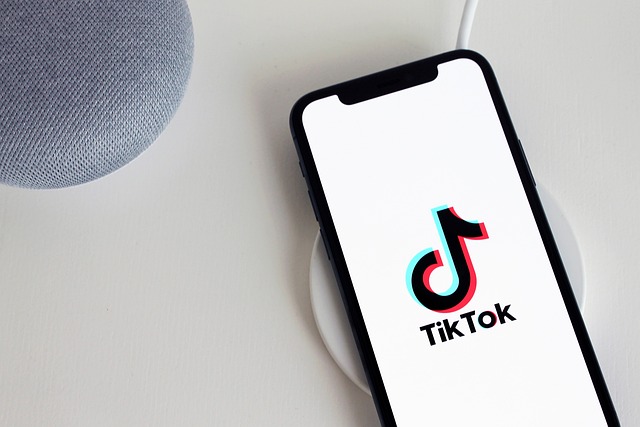Many students find themselves inseparable from their phones and are often aren’t as focused as they can be on work. Some might blame their attentional control or ADHD symptoms, but the culprit is sitting right in their pockets.
The negative effects of social media on young adults have been a prevalent topic for a long time and studies have shown that excessive use of social media is associated with smoking, risk of depression, anxiety and stress, high risk of suicide, and drug use.
To add to the flames of social media addiction, short-form content has given people the opportunity to drug themselves with even more amounts of dopamine.
Students started craving short-term satisfaction instead of long-term goals. A study by the National Library of Medicine has shown that short-form content addiction directly affects academic procrastination. Their attentional control is impaired from the repeated consumption of short-form media, therefore leading to even more procrastination.
Erik Kilimov, a senior at Skyline, explained how it diminished his motivation to learn because of how much easier it is to mindlessly scroll, and that everything else starts to seem like a hassle. He’s also noticed that short-form content has not only harmed him but those around him as well.
“I have friends who have basically stopped doing anything and now are just sitting there permanently scrolling on short-form content and it’s very sad because their interaction to me and others is very limited,” Kilimov said. “Now I’m trying to do that less and I’m getting more sleep and I overall feel better the less short-form content I watch.”
Short-form content condenses videos into a small and digestible format, typically presented in a continuous and rapid switching way. Contrary to long-form content where users might spend 2-5 minutes on a single video, short-form content gives users an instant sense of satisfaction, similar to scrolling through posts on Facebook or Instagram, with the added benefit of videos that play automatically, instantly giving users pleasure with a swipe of their fingers.
This instant feeling of pleasure can condition the brain to only be stimulated by immediate gratification, ultimately reducing attention span. This can be disastrous for students because academic work requires focus and attention for long periods.
During the pandemic, TikTok’s popularity exploded, gaining almost a billion new users worldwide. With the increasing popularity of short-form content, other alternatives such as YouTube shorts, and Instagram reels have been introduced to take advantage of the trend.
A survey by Gallup found social media usage peaks at the age of 17 for both genders with an average of 5.8 hours each day. On average, teens spend 1.9 hours daily on YouTube and another 1.5 hours on TikTok. With both platforms offering short-form content, it’s fair to assume that most teens spend most of their time on social media consuming short-form content.
Because of how the algorithm of short-form content works, a person who uses it without a goal in mind is a lot more susceptible to irrelevant information.
Markus Schnell, a senior at Skyline, is interested in engineering and said that although short-form content helps him digest information more efficiently, he believes that 40% of his experience is memes or irrelevant information.
“I’d recommend trying to get more into long-form content and start to move away from TikTok and Instagram reels,” Schnell said. “Start reading more books, start watching documentaries and long YouTube videos about the topics you’re interested in.”
I believe that as a society, our generations are heading in the wrong direction. We live in a time where teenagers and young adults have access to the most absurd amount of dopamine right in their pockets with 95% of teens aging from 13 to 17 years old having access to a cell phone.
The abundance of phones is especially dangerous for teenagers whose brains and identities have not been fully developed yet. It’s a time for them when critical parts of the brain regulate emotions and motivation are undergoing development. They should be free to explore life opportunities and find value in things they have yet to discover, yet they spend a third of their days on social media and possibly consuming information harmful to their growth.
The problem of technology and social media have no signs of stopping either. Screen time has gone from an average of 6 hours and 30 minutes to about 7 hours in 5 years. Additionally, from 2003 and 2022, American teenagers stopped hanging out as much, and face-to-face socializing decreased by more than 45%. It shouldn’t be surprising to see social media use and screen time continue to rise in the future.
Social media addiction is like any other addiction. Practice mindfulness when it comes to consuming media. Start with small steps, start watching more long-form content, and pursue or research new hobbies. When you are mindful of your time, and think about the significance behind your decisions, you’ll realize how much time you really have on your hands.



